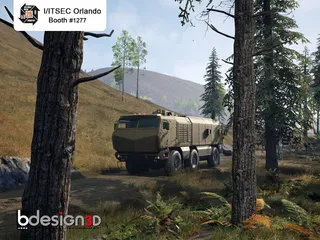Why VR and AR Are Reshaping Driver Training
Contact Our Team
For more information about how Halldale can add value to your marketing and promotional campaigns or to discuss event exhibitor and sponsorship opportunities, contact our team to find out more
The Americas -
holly.foster@halldale.com
Rest of World -
jeremy@halldale.com

Motorsport teams are increasingly integrating virtual and augmented reality into driver training to overcome challenges posed by track access, weather conditions, and safety risks. These technologies offer immersive, data-rich simulations that support skill development while minimizing cost and hazard.
Virtual reality enables drivers to train on hyper-realistic track simulations using headsets and cockpit setups, allowing familiarization without real-world laps. Augmented reality adds real-time digital overlays—such as trajectory analysis and performance metrics—to assist teams in evaluating and refining technique.
The approach reduces fuel, equipment, and logistics costs and allows drivers to practice high-risk scenarios, such as tire blowouts or evasive maneuvers, in a safe environment. Teams can also access granular, real-time feedback to accelerate progress and tailor training programs.
With VR and AR gaining momentum, experts suggest their continued evolution—such as digital twins—could make immersive, tech-enabled driver training a core component of motorsport safety and performance strategies.


